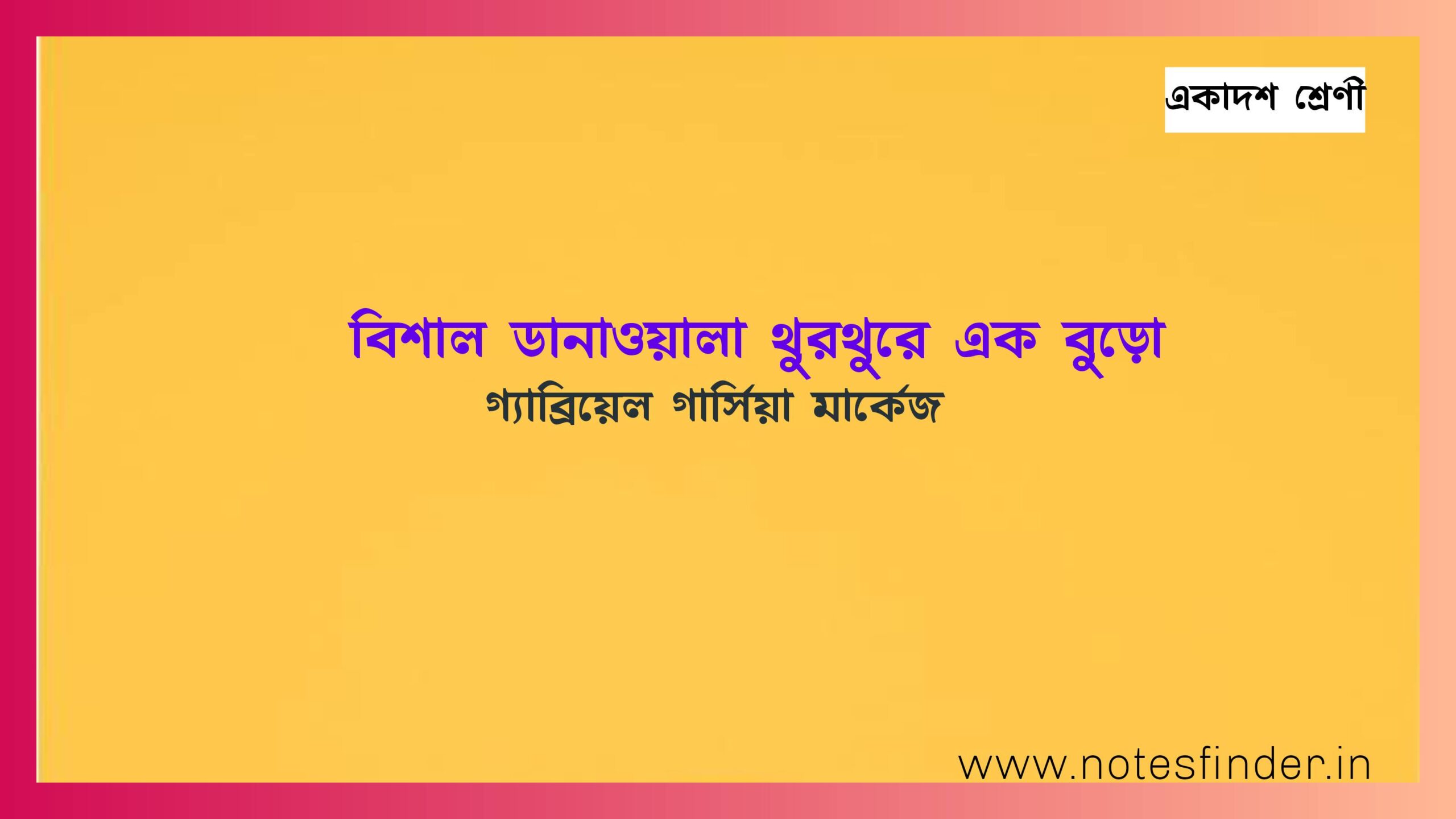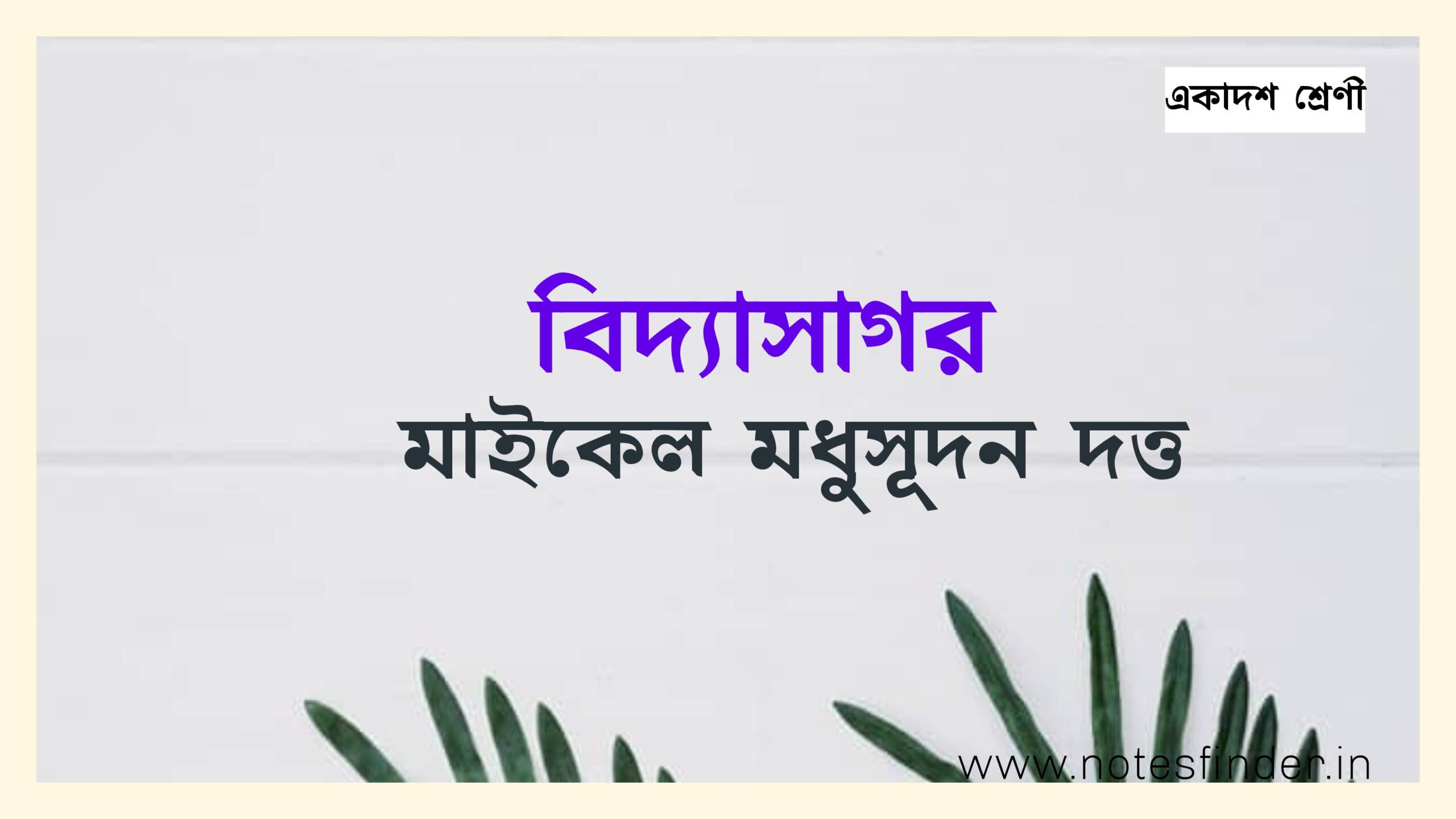1. Introduction to Diwali
Diwali, also known as Deepavali, is one of the most widely celebrated festivals in India and holds immense cultural and religious significance. Observed by Hindus, Jains, Sikhs, and some Buddhists, Diwali symbolizes the victory of light over darkness and good over evil. This festival spans five days and is characterized by vibrant decorations, dazzling fireworks, and joyous gatherings of family and friends. Throughout this article, we will explore the historical and religious significance of Diwali, delve into the rituals and traditions associated with it, and examine how it is celebrated across different cultures. Additionally, we will discover the delectable food and sweets enjoyed during Diwali, explore the mesmerizing fireworks and decorations, and discuss the modern-day observance and global impact of this enchanting festival.
1. Introduction to Diwali
1.1 What is Diwali?
Diwali, also known as Deepavali, is one of the most widely celebrated festivals in India and is also observed by Hindus, Jains, and Sikhs around the world. Known as the Festival of Lights, Diwali signifies the triumph of light over darkness, good over evil, and knowledge over ignorance. The festival usually lasts for five days and is filled with vibrant colors, delicious food, and joyous celebrations.
1.2 Origins of Diwali
The origins of Diwali can be traced back to ancient times when it was initially celebrated as a harvest festival. Over the years, it has evolved to commemorate various legends and events. For Hindus, Diwali marks the return of Lord Rama, along with his wife Sita and brother Lakshmana, to their kingdom Ayodhya after fourteen years of exile. In Jainism, it celebrates the attainment of Nirvana by Lord Mahavira, the last Tirthankara. Sikhs celebrate Diwali to mark the release of their sixth Guru, Guru Hargobind, from imprisonment.
2. Historical Significance of Diwali
2.1 Mythological Stories Associated with Diwali
Diwali is a festival rich in mythological stories. One of the most famous stories is that of Lord Rama’s victory over the demon king Ravana. According to the epic Ramayana, Lord Rama, with the help of Hanuman and an army of monkeys, rescued his wife Sita from Ravana’s captivity on the day of Diwali. Another popular story is that of Lord Krishna’s defeat of the demon Narakasura, symbolizing the victory of good over evil.
2.2 Evolution of Diwali over the Years
Over time, Diwali has evolved to become a festival celebrated for various reasons. In addition to its mythological significance, Diwali has become associated with the worship of Lakshmi, the goddess of wealth and prosperity. It is believed that by lighting lamps and candles and performing prayers, Lakshmi will bless homes with abundance and good fortune. Diwali has also become an occasion for family gatherings, exchanging gifts, and enjoying delicious traditional sweets.
3. Religious Significance of Diwali
3.1 Diwali in Hinduism
In Hinduism, Diwali holds great religious significance. It is believed that on this day, the goddess Lakshmi visits homes and blesses them with wealth and prosperity. Hindus clean their homes, decorate them with colorful rangoli patterns, and light diyas (oil lamps) to welcome the goddess. Diwali is also an auspicious time for performing puja (worship), offering prayers, and seeking the blessings of deities.
3.2 Diwali in Jainism
For Jains, Diwali carries a special significance as it commemorates Lord Mahavira’s attainment of Moksha (liberation from the cycle of birth and death). Jains celebrate Diwali by lighting lamps and offering prayers to Lord Mahavira, reflecting on his teachings of non-violence, truthfulness, and compassion. It is also a time for Jains to reflect on their own spiritual journey and seek self-improvement.
3.3 Diwali in Sikhism
Sikhs celebrate Diwali as Bandi Chhor Divas, which coincides with the release of their sixth Guru, Guru Hargobind, from imprisonment. It is a day of celebration and gratitude for the freedom attained by Guru Hargobind and for the release of other political prisoners. Sikhs illuminate their homes and gurdwaras (Sikh temples), recite sacred hymns, and participate in community gatherings.
4. Rituals and Traditions of Diwali
4.1 Preparations for Diwali
Diwali is a festival that involves extensive preparations. People clean their homes, paint them, and decorate them with colorful rangoli patterns made of colored powders or flower petals. They also shop for new clothes, exchange gifts, and indulge in delicious traditional sweets and snacks. Diwali is a time for families to come together, share laughter, and create beautiful memories.
4.2 Lighting of Diyas and Candles
One of the most iconic traditions of Diwali is the lighting of diyas (oil lamps) and candles. These symbolize the victory of light over darkness and the spread of positivity. People light diyas and place them around their homes, in courtyards, and on balconies. The glow of the diyas creates a warm and inviting atmosphere, casting away darkness and welcoming the blessings of deities.
4.3 Rangoli and Kolam Patterns
Rangoli and kolam patterns are intricate and colorful designs created on the floor using colored powders, rice, or flower petals. They are a common sight during Diwali and are believed to bring good luck and ward off evil spirits. Rangoli designs often depict flowers, geometric patterns, or religious symbols. Creating rangoli is not only a way to beautify homes but also an opportunity for artistic expression and creativity.
5. Celebration of Diwali across Different Cultures
5.1 Diwali in India
Diwali is the grandest festival in India, where it is celebrated with immense enthusiasm and joy. People clean and decorate their homes, exchange gifts, and light oil lamps called “diyas” to symbolize the victory of light over darkness. Families gather together to perform religious rituals and prayers, and firecrackers light up the night sky. The festival is also associated with the Hindu goddess of wealth, Lakshmi, and is seen as an auspicious time for new beginnings and prosperity.
5.2 Diwali in Nepal
In Nepal, Diwali is celebrated as “Tihar,” and it holds great cultural significance. This five-day festival honors different aspects of life, including animals, with a day dedicated to worshiping cows, dogs, and crows. Beautifully decorated homes, known as “rangoli,” are a common sight during Tihar. People also participate in various traditional activities like playing cards and flying kites. The festive atmosphere and lively rituals make Diwali in Nepal a unique and vibrant celebration.
5.3 Diwali in other countries
Diwali has spread its colorful wings beyond India and Nepal, becoming a globally celebrated festival. In countries like Malaysia, Singapore, and Mauritius, which have significant Hindu populations, Diwali is a public holiday and is celebrated with great fervor. Even in cities like London, New York, and Sydney, Diwali is marked by grand events, parades, and cultural performances that showcase the diversity and vibrancy of this festival.
6. Diwali Food and Sweets
6.1 Traditional Diwali Dishes
Food plays a central role in Diwali celebrations, with families preparing a variety of delicious dishes. Some traditional Diwali favorites include samosas (crispy pastry filled with savory stuffing), pakoras (deep-fried fritters), and aloo tikki (spiced potato patties). These savory snacks are often enjoyed with chutneys and yogurt-based dips, adding a burst of flavors to the festive feast.
6.2 Popular Diwali Sweets
Diwali is incomplete without indulging in mouthwatering sweets. Some popular Diwali sweets include gulab jamun (soft and syrupy dumplings), jalebi (crispy and syrupy spirals), and barfi (a rich and creamy fudge-like sweet). These sweets are prepared using ingredients like milk, condensed milk, sugar, and various nuts and spices. Diwali is truly a celebration of both lights and sweets!
7. Diwali Fireworks and Decorations
7.1 Fireworks Display during Diwali
Fireworks are an integral part of Diwali celebrations, adding sparkle and joy to the festivities. People light up the night sky with vibrant and colorful fireworks, creating a mesmerizing spectacle. The loud cracks and booms of the fireworks are believed to drive away evil spirits and bring luck and prosperity for the coming year. It’s a sight that fills the air with excitement and awe.
7.2 Diwali Decorations and Illuminations
Diwali is a time when homes, streets, and cities come alive with beautiful decorations and illuminations. From vibrant Rangoli patterns made with colored powders and flowers to hanging garlands and lanterns, every corner is adorned with creativity. Oil lamps called diyas are lit outside homes and temples, symbolizing the triumph of light over darkness. The radiant decorations during Diwali create a warm and welcoming ambiance that adds to the festive cheer.
8. Modern-Day Observance and Global Impact of Diwali
8.1 Contemporary Customs and Practices
While Diwali has deep-rooted traditions, it has also evolved with time. Today, people exchange Diwali greetings and gifts using modern technology, such as sending digital cards and shopping online for festive deals. Diwali parties and social gatherings have become common, where friends and families come together to celebrate, share laughter, and enjoy delicious food. The spirit of Diwali remains strong, even as customs and practices adapt to the modern world.
8.2 Economic and Cultural Impact of Diwali
Diwali is not only a time of celebration but also has significant economic and cultural impacts. The festival brings a boost to various industries, including retail, hospitality, and entertainment, as people indulge in shopping, dining out, and attending cultural events. Diwali also promotes cultural exchange and understanding as it is celebrated by diverse communities worldwide. The festival serves as a bridge, bringing people together and fostering multicultural harmony.In conclusion, Diwali is a festival that encapsulates the essence of joy, hope, and unity. It is a time for families to come together, communities to bond, and for individuals to reflect on the triumph of light over darkness in their lives. With its rich historical and religious significance, Diwali continues to be celebrated with great enthusiasm and fervor. Whether it is the traditional rituals and customs, the mouthwatering delicacies, the mesmerizing fireworks, or the global impact of this festival, Diwali remains a cherished and much-anticipated event. As we embrace the spirit of Diwali, let us strive to spread happiness, positivity, and compassion not just during this festival, but throughout the year. May the light of Diwali shine brightly in all our lives.
FAQ
1. What is the significance of lighting diyas and candles during Diwali?
The lighting of diyas and candles holds great symbolic importance during Diwali. It is believed to symbolize the triumph of light over darkness and the dispelling of ignorance. The warm glow of these traditional oil lamps and candles is believed to attract positive energy and ward off negative forces.
2. How is Diwali celebrated outside of India?
Diwali is celebrated with great enthusiasm and fervor by Indian diaspora communities across the globe. In different countries, the celebrations may have unique local flavors while still maintaining the core essence of Diwali. Fireworks, cultural performances, traditional food, and lighting of diyas are common elements of Diwali celebrations worldwide.
3. Are there any specific dietary customs or restrictions during Diwali?
While there are no specific dietary restrictions during Diwali, certain communities may observe their own customs. However, it is common for people to indulge in a variety of delicious sweets and savories during this festive period. Many households prepare special delicacies and exchange sweets with friends and family as a gesture of love and goodwill.
4. How does Diwali impact the economy?
Diwali has a significant economic impact in various sectors. During this time, there is heightened consumer spending on gifts, clothing, electronics, and home decor. Many businesses, especially those related to sweets, fireworks, and festive merchandise, experience a surge in sales. Diwali is also a time when people engage in philanthropic activities, contributing to charitable causes and supporting the less fortunate in society.



